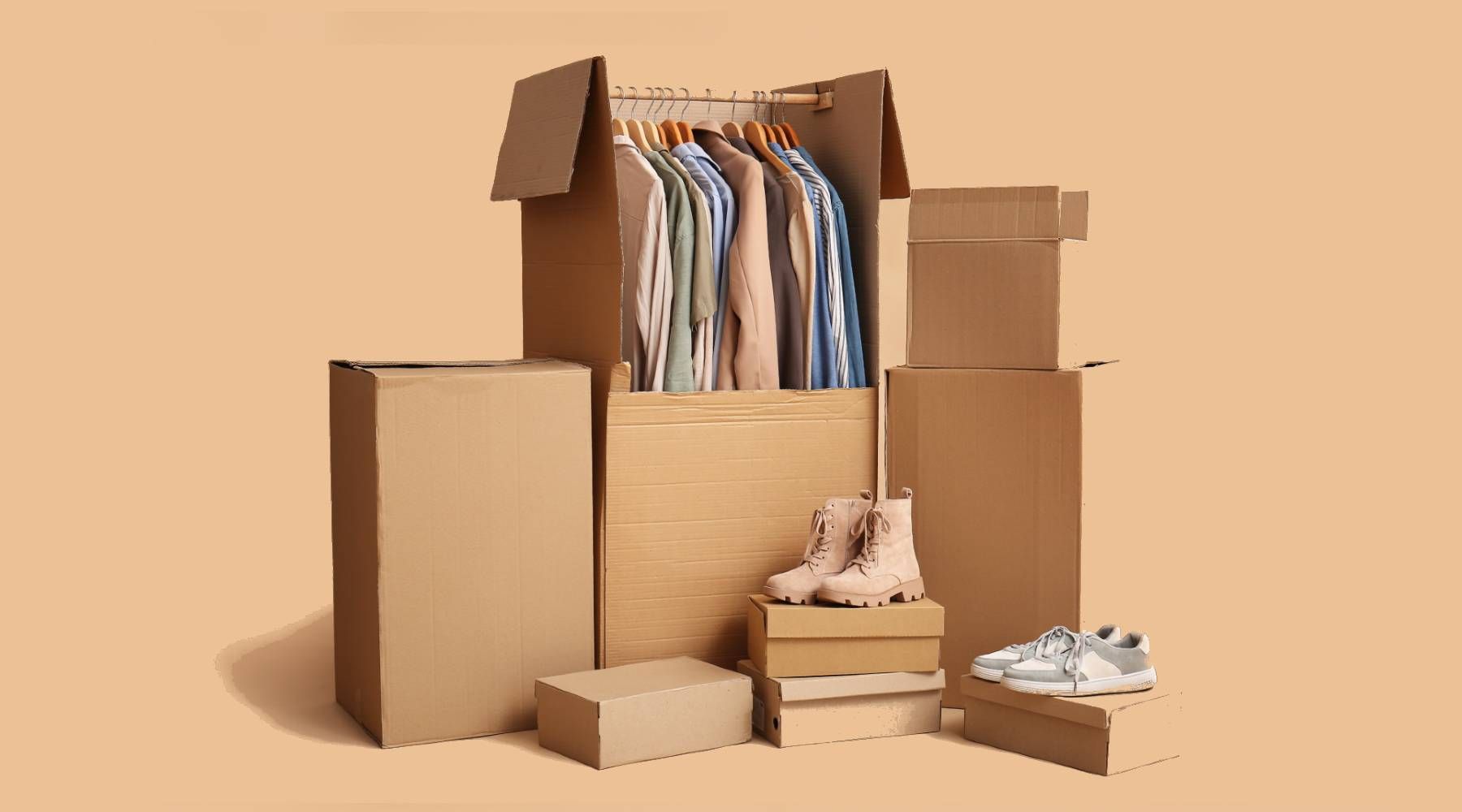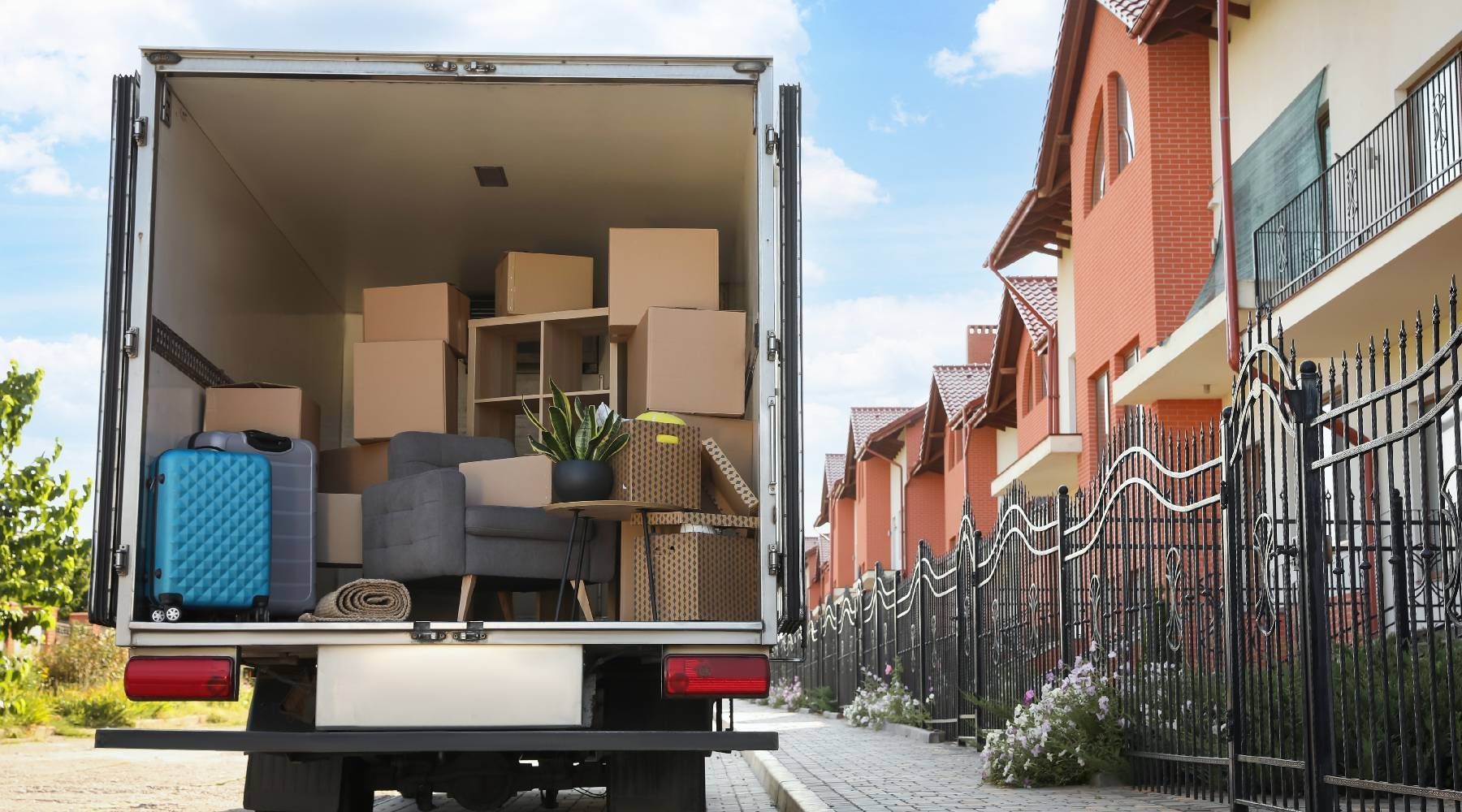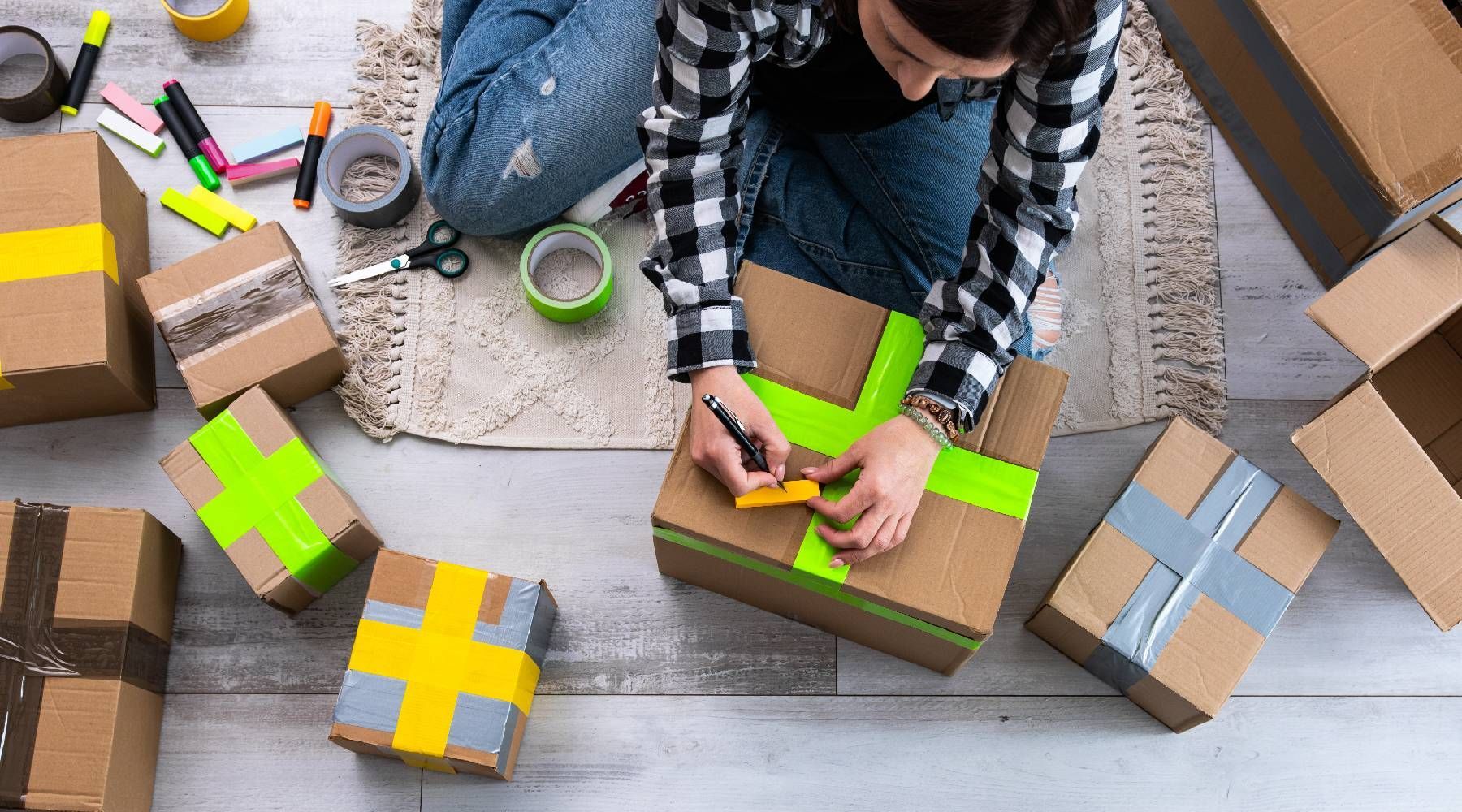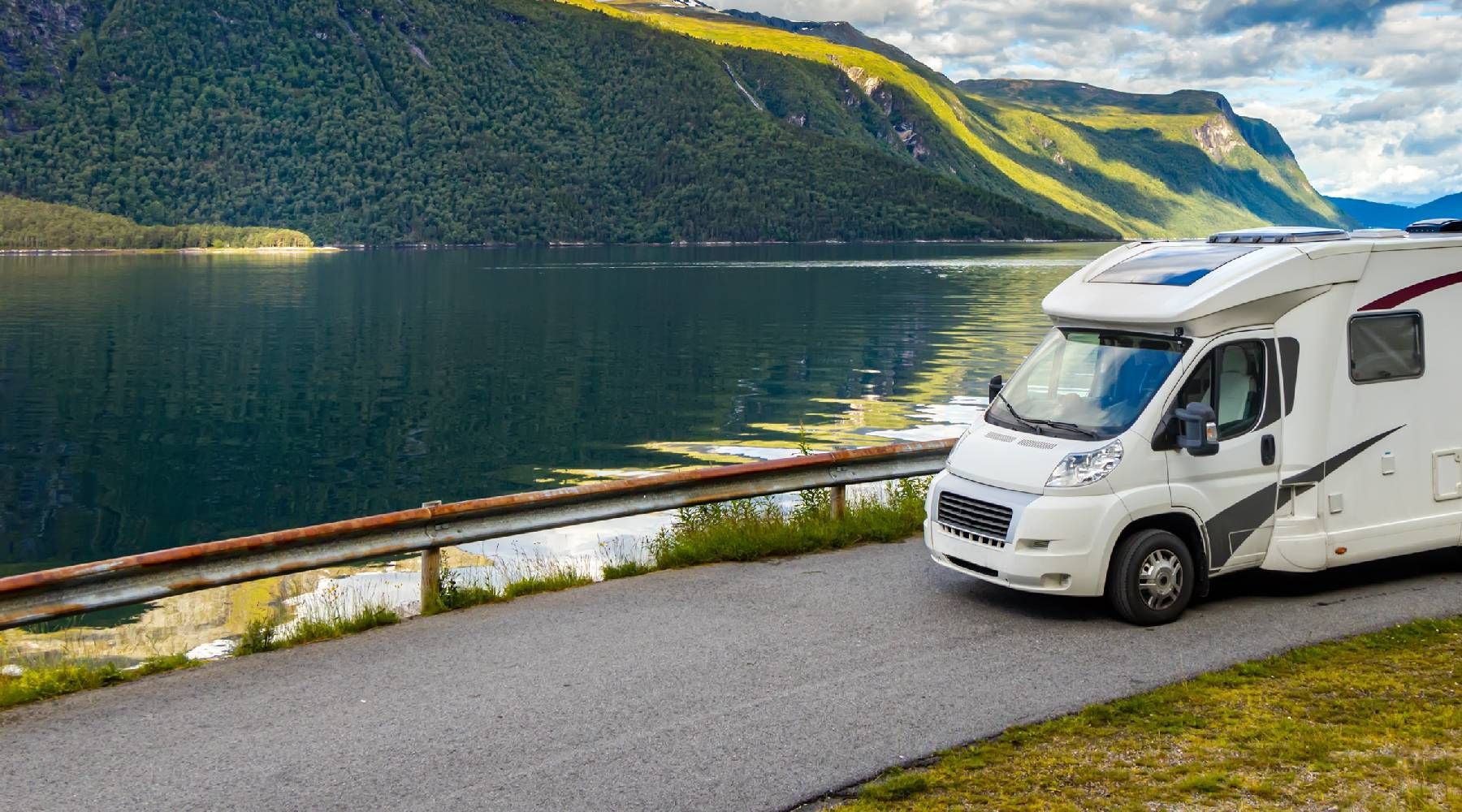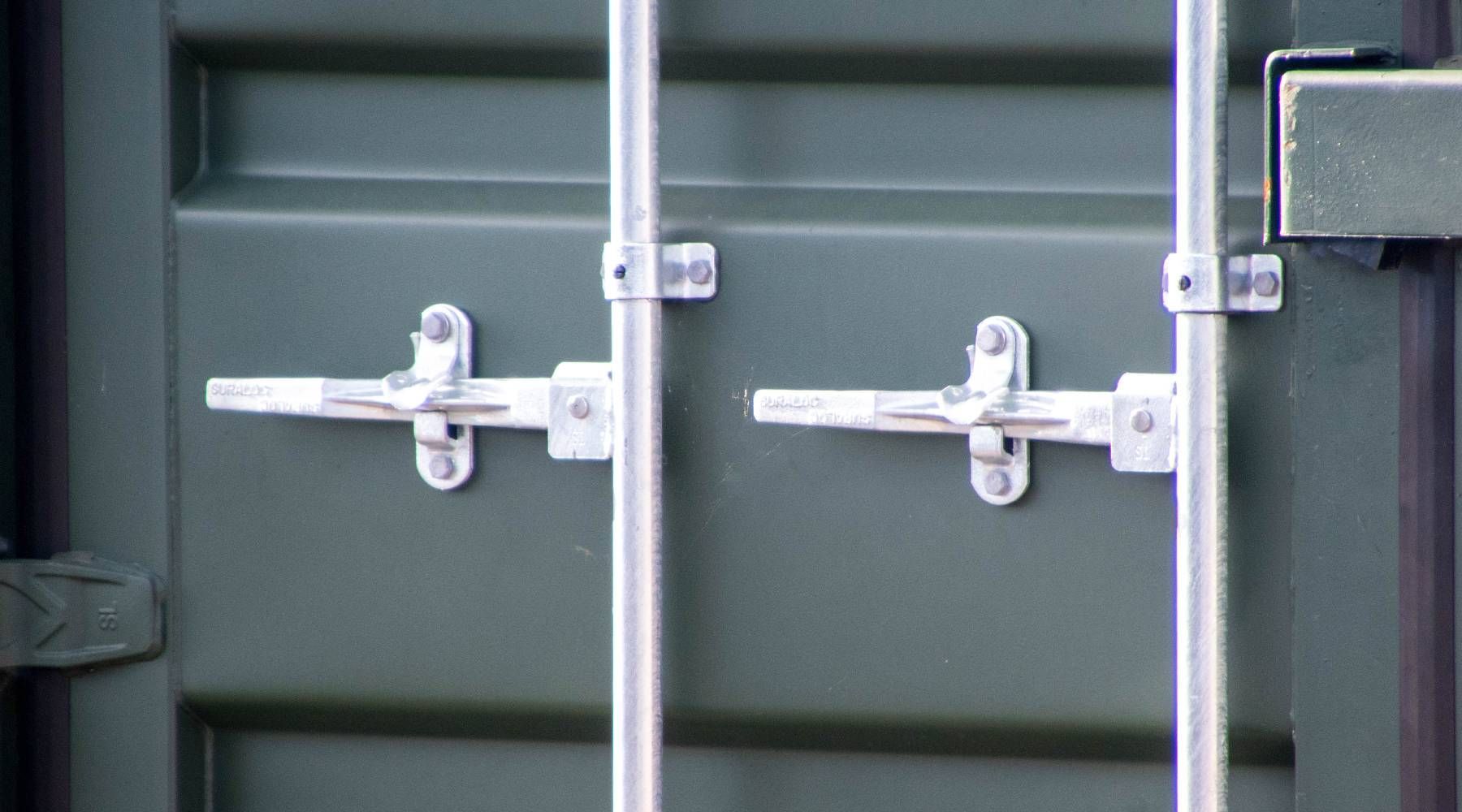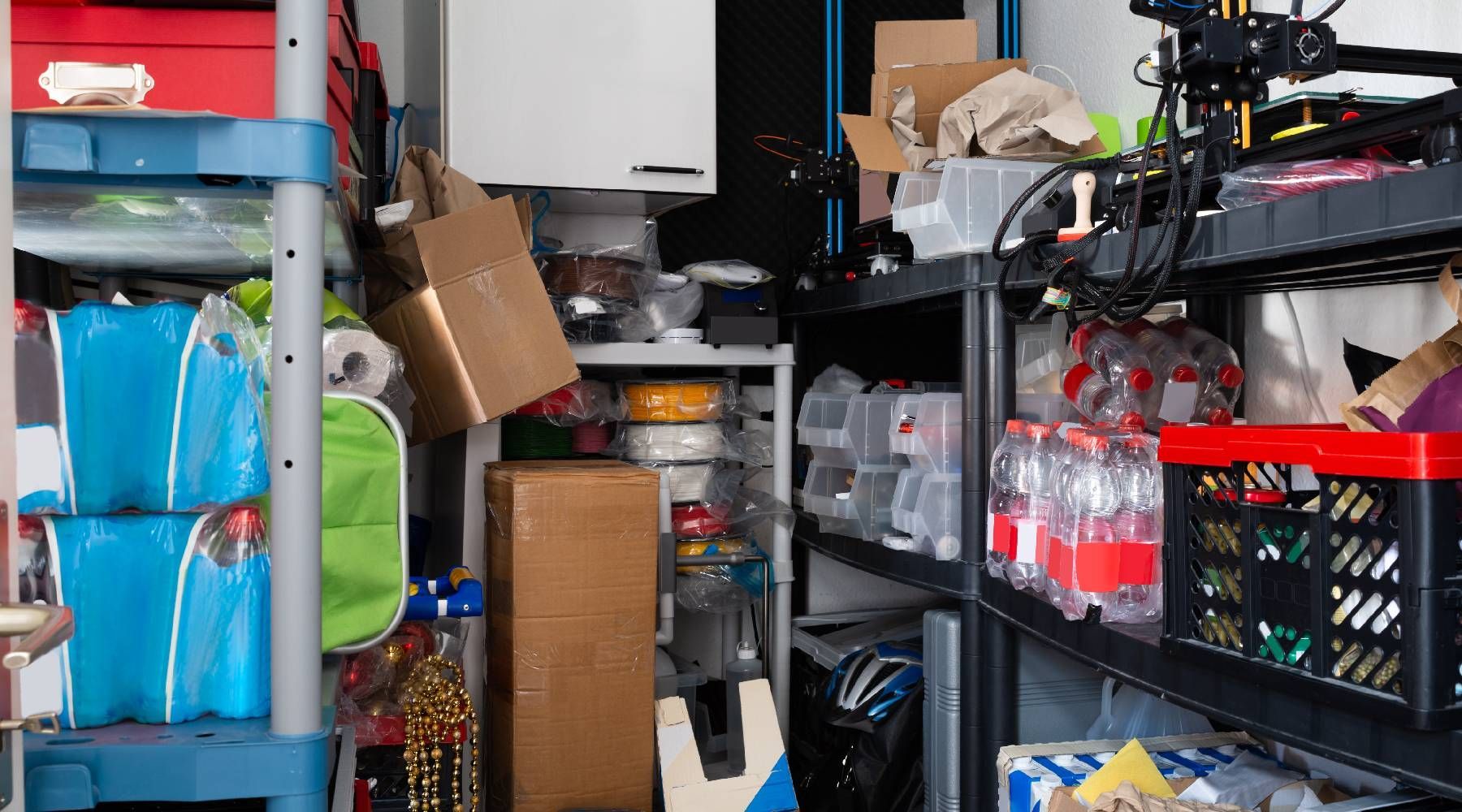Key Safety Checks for Your Caravan
Key Safety Checks For Your Caravan Before Taking It Out of Storage
If you're gearing up for a caravan adventure, ensuring your vehicle is road-ready after time in storage is crucial. Prepping your caravan for travel guarantees safety and enhances your overall trip experience. Here's our guide to some of the essential safety checks you should perform before hitting the road.
Inspecting the Tyres
Your tyres are fundamental to your caravan's safety and manoeuvrability. After months of storage, giving them a thorough check is vital. Begin by inspecting the tread depth; the legal minimum is 1.6mm across the central three-quarters of the breadth of the tyre and around the entire outer circumference. However, for optimal safety, especially under wet conditions, a tread depth of at least 3mm is recommended.
Look out for any signs of deterioration, such as cracks, splits, or perishing rubber, which can occur if the caravan has been stationary for a prolonged period. These flaws can compromise the structure of the tyres under pressure and are a potential safety hazard.
Moreover, tyre pressure is crucial and should be checked against the manufacturer's recommended levels. Underinflated tyres affect handling and can increase fuel consumption, whereas overinflated tyres may lead to uneven wear and a rougher ride. Adjust the pressure before you travel, and consider investing in a reliable tyre pressure gauge if you haven't already.
Checking the Lights
Next, we move on to the lighting system, which is crucial in visibility and communication with other road users. Inspect all road light bulbs and lenses for functionality. Check for any cracks or damage in the lenses, as these can affect the intensity and direction of the light beam.
Replace any bulbs that are not working or seem to have a weak glow, as this could be an early sign that it will need replaced soon.
Lubricating the Hitch and Brakes
Safety is not just about moving; it's also about being able to stop. Greasing the hitch, handbrake, and brake override mechanisms is essential for ensuring your caravan handles effectively when towed. These components can seize up if the caravan has been immobile for a while. Use a high-quality lubricant suitable for these parts to prevent rust and ensure smooth operation. This will enhance your towing experience and increase your safety on the road.
Reconnecting and Testing the Battery
After storage, the caravan's battery may have been disconnected to preserve its life. Reconnect the battery, making sure that all contacts are clean and free from corrosion. A dirty or corroded contact can hinder the efficiency of your battery. Once connected, test the battery to ensure it can hold a charge. If your caravan has been stored over the winter, you might consider having the battery professionally tested to assess its health and replace it if necessary.
Reconnecting and Sterilising the Water System
Before you use the water system in your caravan, it is imperative to reconnect and thoroughly sterilise it to prevent any health risks from bacteria that may have developed during storage. Flush the system with a cleaning solution designed for caravan water systems and make sure to run it through all taps to cleanse the entire network.
Checking the Gas System
Finally, a critical check is the gas system, which can be a source of danger if not maintained properly. Inspect all connections and hoses for signs of wear or damage. Test for leaks using a soap solution over the joints – bubbles will form where gas escapes. It's recommended that you have a professional check the gas system regularly, especially if you smell gas or suspect a leak.
Performing these checks not only ensures that your caravan is safe and roadworthy but also helps maintain its condition, ultimately extending its lifespan and preserving its value. Remember, safety is paramount, not just for you but for all road users.
If you are looking for a place to store your caravan or motorhome then
click here for more information.

